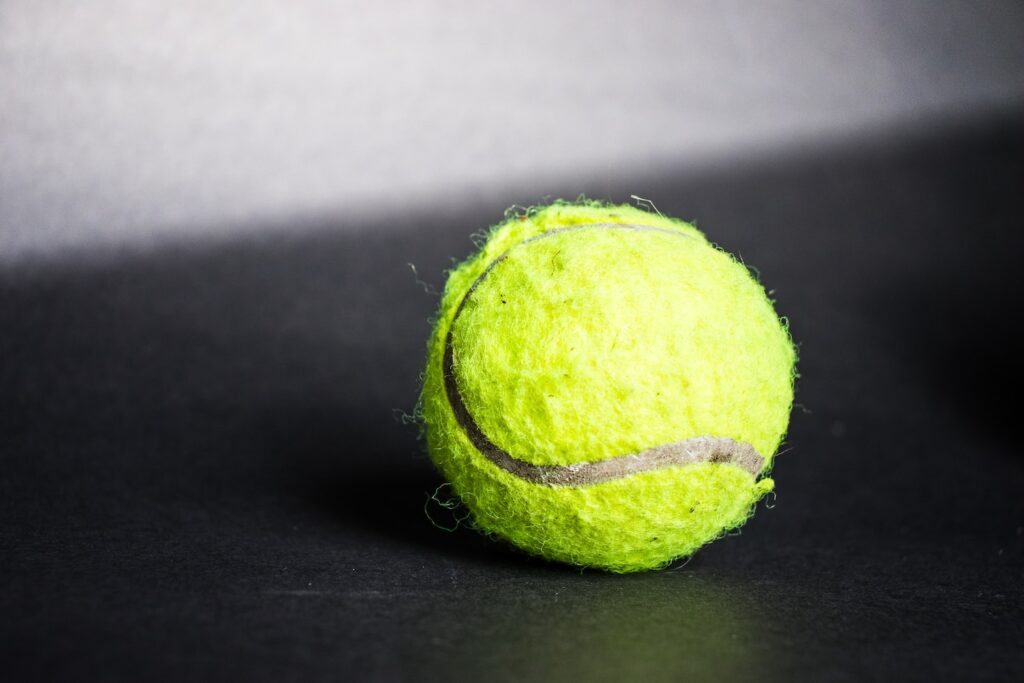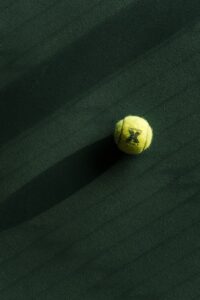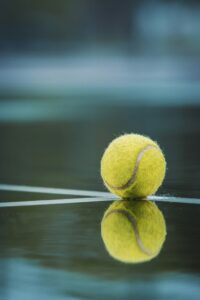Tips on Choosing the Perfect Padel Ball for Competitive Matches
3 min read
Tips on Choosing the Perfect Padel Ball for Competitive Matches
Introduction
Welcome, fellow padel enthusiasts! If you are an avid player, you know how crucial it is to select the right padel ball for competitive matches. The type of ball you choose can affect your game significantly. To help you make an informed decision, we have compiled a list of tips on how to choose padel balls for competitive play. So, grab your racquet, and let’s dive in!
1. Consider the Ball Type
When it comes to padel balls, the most common types are pressurized and non-pressurized balls. Pressurized balls are filled with air and have a higher bounce, making them ideal for competitive matches. They provide better speed and control. On the other hand, non-pressurized balls are softer and tend to lose their bounce faster, making them more suitable for training sessions or recreational play. For intense competitive matches, go for pressurized balls.
2. Opt for the Right Stage
Padel balls come in different stages, indicated by numbers such as 1, 2, or 3. These stages represent how new or used a ball is. While each stage has its advantages, it’s essential to consider the playing conditions and the personal preference of your opponents. A stage 1 padel ball is the newest, with better bounce and durability. Stage 2 balls are slightly worn, offering medium bounce and excellent control. Stage 3 balls are the most worn but still suitable for recreational or training matches.
3. Look for Longevity
Competitive matches can be intense and lengthy, and the last thing you want is a padel ball that loses its quality after a few games. Look for balls with a durable outer layer, preferably made of high-quality rubber or synthetic materials. These balls tend to last longer while maintaining consistent bounce and control throughout the match. Consider investing in reliable brands known for their endurance to ensure your ball lasts for multiple matches.
4. Optimal Felt Thickness
The thickness of the felt covering on a padel ball can significantly impact its performance. Thicker felt offers more control but may sacrifice speed, while thinner felt provides a quicker and more responsive ball. Consider the surface you primarily play on when deciding the optimal felt thickness. If you play on fast surfaces, like artificial grass, thinner felt may improve your gameplay. For slower surfaces, like clay, thicker felt can provide better spin and control.
5. Budget and Quality Balance
While it’s tempting to settle for cheaper padel balls, keep in mind that they might not offer the same level of performance and durability as higher-quality options. Padel balls that meet international standards and are approved for competitive play tend to be more costly but are worth the investment. Finding the right balance between your budget and the quality of the ball is crucial to ensure an enjoyable and competitive match.
Conclusion
Choosing the perfect padel ball for competitive matches requires careful consideration of various factors. From the ball type and stage to the felt thickness and overall quality, each aspect plays a role in enhancing your gameplay. By following these tips and taking the time to analyze your playstyle and preferences, you’ll be well on your way to selecting the ideal padel ball for your next competitive match. So, grab your trusted padel ball, step onto the court, and let your skills shine!






